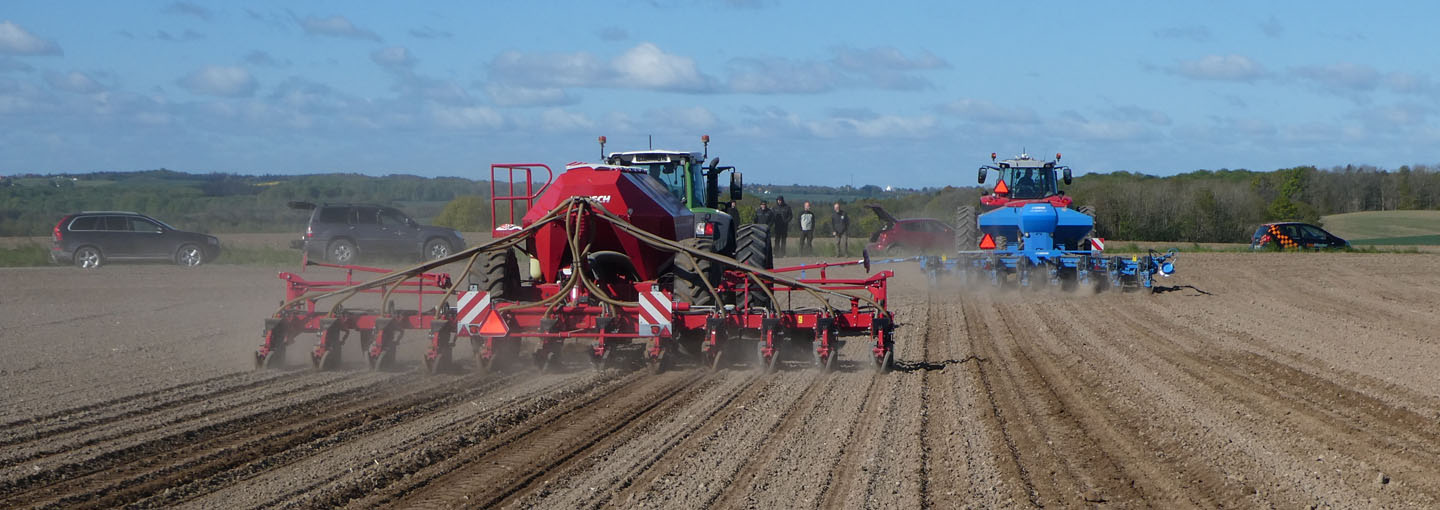SmartAgriHubs er et stort EU-projekt med SEGES som drivkraft i den nordiske region. I regi af SmartAgriHubs har Claus Aage Grøn Sørensen, Aarhus Universitet, udarbejdet en rapport, der stiller skarpt på marksprøjtning og betydningen af parametrene; tankstørrelse, fremkørselshastighed og vandmængde i forhold til kapaciteten, CO2 emissionen, mængden af vejtransport og totalomkostningen.
Du kan læse et sammendrag af rapporten herunder.
Abstract:
An important aspect of managing a farm is to acquire and operate the optimized machinery items in terms of size and capacity. This decision should be supported by analyzing the capacity and costs (variable and fixed costs) of the operation. This optimizes the operational performance (capacity) and contribution margin (costs) for the specific machine and thus optimizing the life-time overall performance of the operation. However, farmers tend to forget this long term aspect of the operational costs and instead focus on the initial investment of the equipment. This runs the risk of over time employ ineffective machinery, resulting in loss of overall farm competitiveness. As an example, often only the in-field tasks are taken into account, which distort the overall effects of changed spraying speed and application rate.
The focus of this report is to develop a model to determine how the parameters: i) tank size, ii) spraying speed and application rate, affect the capacity, CO2 emission, amount of road transport, total spraying cost including depreciation and interest, total time consumption and initial investment of the sprayer. Thus giving informed guidelines from which the farmer can decide how the optimal sprayer for his farm should be specified from an operational aspect. The agronomic aspect is outside the scope of this article, but is well documented in the literature (e.g. Matthews et al., 2014).
Results show that lowering the application rate (water volumen) is a key factor in optimizing the operational performance and costs for the spraying operation. It is shown that in conventional crops, reduction of the water volume rate can provide an additional contribution margin of between 15 to 18% depending upon 5 or 6 treatments in the season. Furthermore, a reduction of the CO2 emission by 29% can be achieved at the same time due to reduced transport to/from the filling location.
Vil du vide mere?
Emneord

